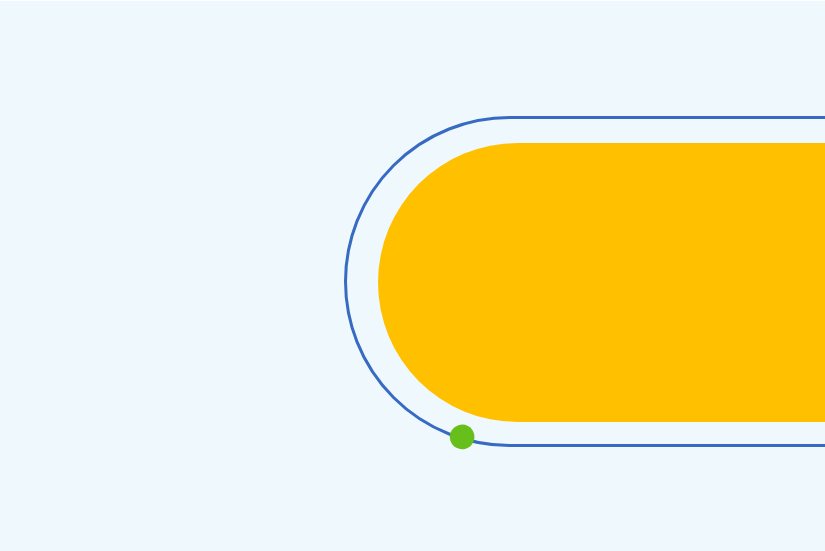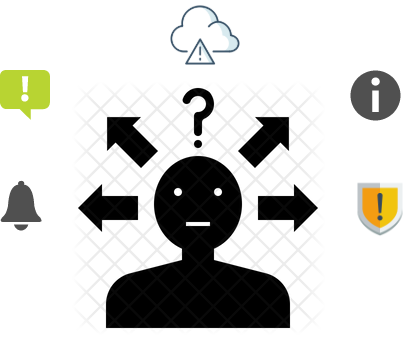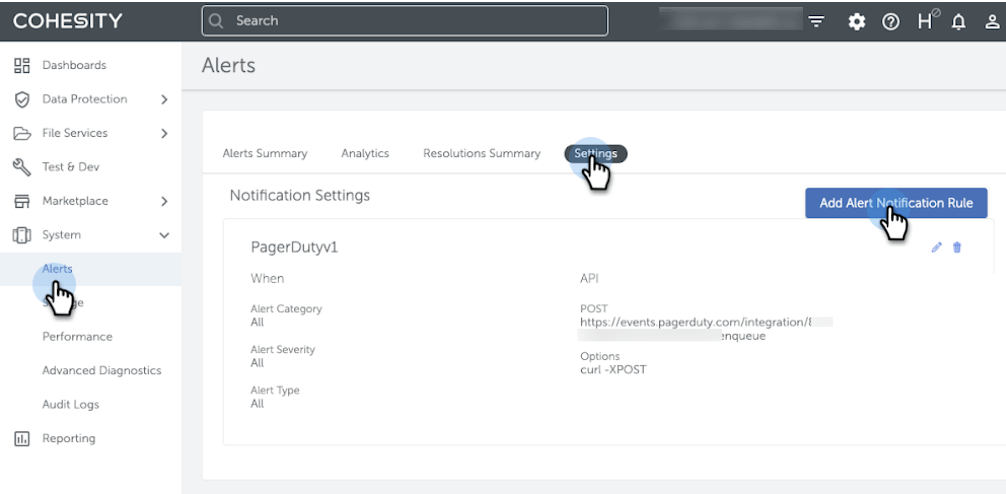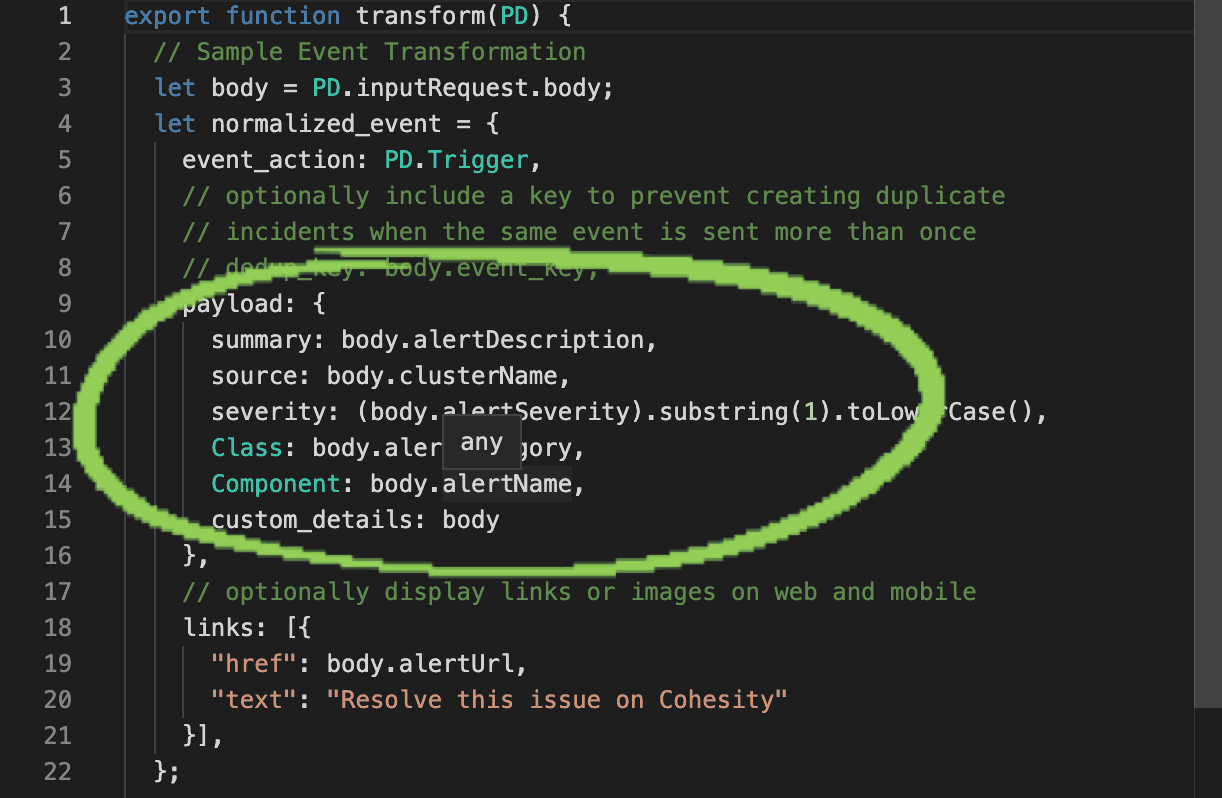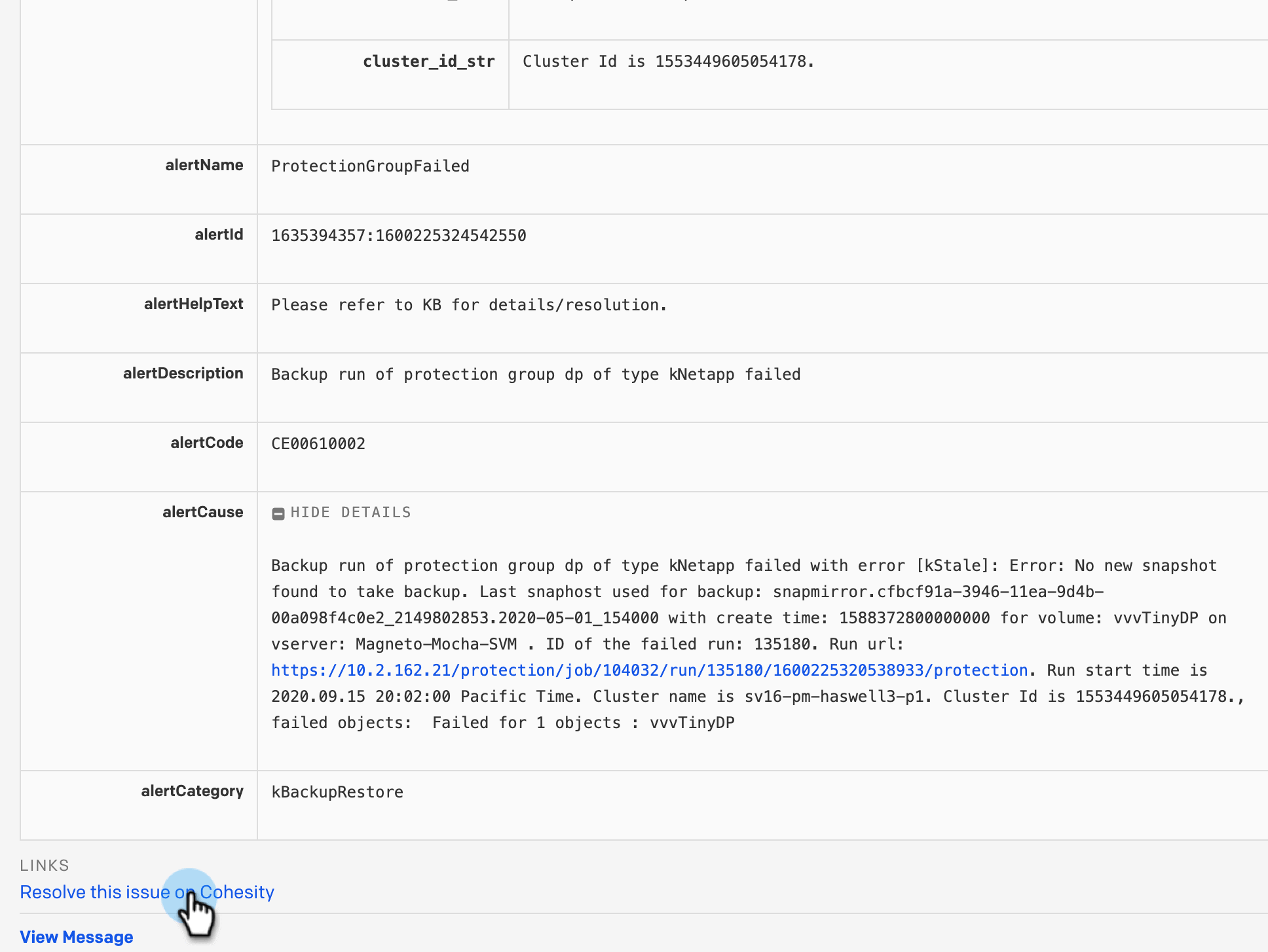Alerts on Modern Infrastructure
Managing alerts on modern cloud infrastructure can be tricky due to complex layers of physical servers, virtual machines, and application software. Naturally, alert management for cloud infrastructure is now an IT mainstay. Responding to alerts proactively can save your organization significant time and money!
It is also important that alerts be directed to the right people in the IT org, depending on their source and severity.
Many businesses today use intelligent business systems but numerous organizations still rely on staff and manual processes to monitor data changes and distribute alerts to the appropriate stakeholders. Relying on processes that need to be performed manually can put a serious drag on an organization—especially when the change in data has a cascading impact on workflows.
PagerDuty Centralizes Alerts Management
PagerDuty can help you with centralized alerts management for most of your platforms and infrastructure. PagerDuty is an incident-management platform that provides reliable notifications, automatic escalations, on-call scheduling, and other functionality to help teams detect and fix infrastructure problems quickly. PagerDuty along with its wide variety of integrations, can help you provide a real-time response to critical issues by:
- Making high-priority alerts highly visible.
- Suppressing unhelpful alerts.
- Providing nuanced alert reporting.
- Sending different alerts to different people.
- Setting up auto-escalation paths.
Cohesity now supports using webhooks along with other methods to push out alerts to different alerts management systems. We also support bidirectional webhooks with ServiceNow. Starting today, you can also use PagerDuty to receive and manage alerts on Cohesity DataPlatform.
With extensive PagerDuty webhooks documentation, it is fairly easy to integrate Cohesity alerts with PagerDuty using webhooks. The configuration on the Cohesity side is also pretty straightforward—which is to add a webhook setting on the Cluster as shown.
We are also working with PagerDuty to publish a Cohesity Integration App for PagerDuty that will help customers manage Cohesity alerts on PagerDuty. We leveraged App Event Transformers, which converts a payload sent to PagerDuty into the Events API v2 Common Event Format, to use the custom Cohesity webhook payload. For customers to manage Cohesity alerts on PagerDuty, you only need to use the Cohesity App, which handles the transformation of Cohesity Alert to PagerDuty Incident.
Using the App Event Transformer and v2 API guide, you can customize the Cohesity webhook payload and send it to PagerDuty, which then handles assigning it to the correct team or individual. Once you receive the incident on PagerDuty, you can create automated workflows to notify the respective team or run an automated resolution workflow for non-critical errors. You can also check the alert on Cohesity using the Resolve this issue on Cohesity link in the PagerDuty Incident.
We would love for you to learn more about Cohesity and our different API integrations. Read the Hello Cohesity Developers blog to learn more and visit the Cohesity developer portal to explore all the integrations we support.






